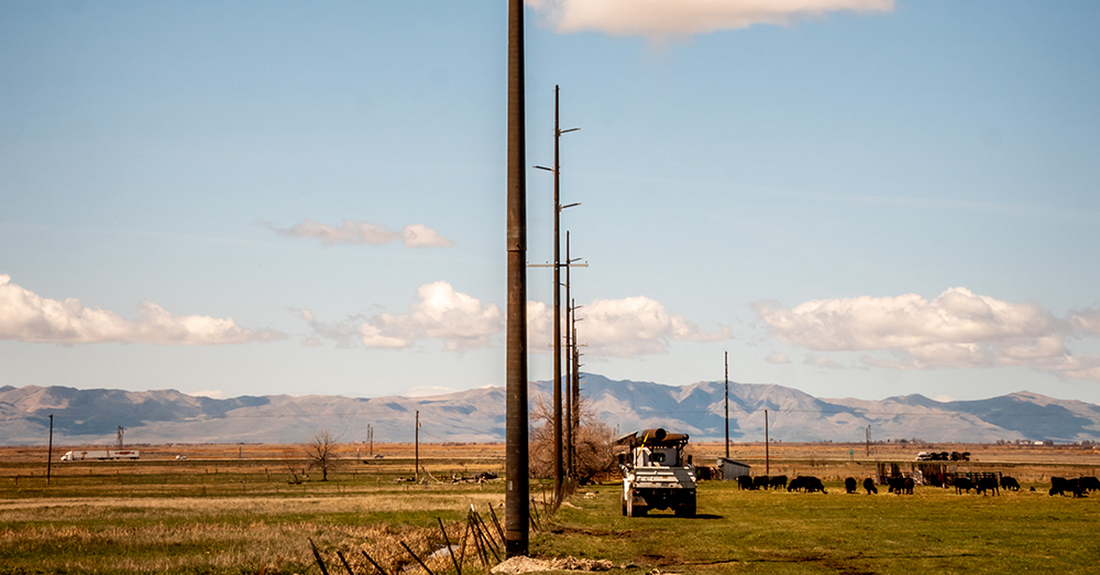
Traditional utility pole maintenance involves inspection, treatment, and repair to ensure the poles remain in peak operational condition. The recommended maintenance frequency depends on a combination of environmental exposure, such as climate and pest activity, and the material durability of the poles themselves. Regulatory guidelines, crafted by industry experts and utility companies, also play a pivotal role in establishing maintenance schedules.
Explore why regular utility pole maintenance is important for reliable infrastructure and public safety, and learn how McWane’s ductile iron poles make maintenance cheaper, faster, and easier compared to weaker pole materials.
Ensuring Structural Integrity
Utility poles form the backbone of the power, telecommunications, and cable networks. Regular maintenance ensures their structural integrity, which is essential for preventing accidents and service disruptions caused by pole failures.
Inspections will reveal if the utility company can treat a pole or if they must replace it. A structurally compromised pole is a liability, turning into a danger for pedestrians, vehicles, and nearby structures. Adhering to inspection and maintenance schedules is key to preventing pole collapses.
While maintenance is critical for the success of utility poles, ductile iron is essentially maintenance-free. Wooden poles are much more vulnerable making them more expensive and labor-intensive to maintain.
Preventing Problems From Escalating
Proactive maintenance can prevent unexpected repairs or replacements. By regularly assessing utility poles, maintenance crews can address decay, insect infestation, or damage from exposure to the elements before these conditions worsen.
Scheduling regular checks also means technology, such as scanning equipment, can be used to spot internal problems invisible to the naked eye. By detecting potential issues early, service providers can plan and execute repairs without the urgency or extensive costs associated with emergencies.
In contrast, inspectors can simply visually inspect ductile iron poles, saving substantial time and energy. McWane Poles recommends that utilities inspect ductile iron poles just once every 10 years, with the possibility of an even lower inspection frequency.
Preparing for Extreme Weather
Regular utility pole maintenance is critically important for reducing the risk of power outages and service interruptions during severe weather events. Pole maintenance is especially imperative in areas prone to high winds, ice storms, or other heavy seasonal impacts that could bend or break utility poles.
Inspectors should assess the poles’ stability and resilience against forces such as wind, ice, and heavy rainfall. Moreover, replacing damaged or wooden poles with ductile iron power distribution poles is a proactive measure for disaster readiness.
Maximizing Pole Lifespan
By addressing minor defects with routine inspections, maintenance crews can reinforce and treat poles, thereby preventing early deterioration. Actions such as applying preservatives on wooden poles or managing surrounding vegetation keep these structures in optimal condition.
Prolonging the poles’ lifespan guarantees a more reliable power and communication network, which is essential for both residential and commercial consumers.
Although inspections and proactive care extend wooden pole lifespans and optimize service reliability, it does come at a reoccurring cost. Invest in ultra-low-maintenance, long-lasting ductile iron poles to save time and money.
“Set it and Forget it” with ductile iron from McWane Poles.

